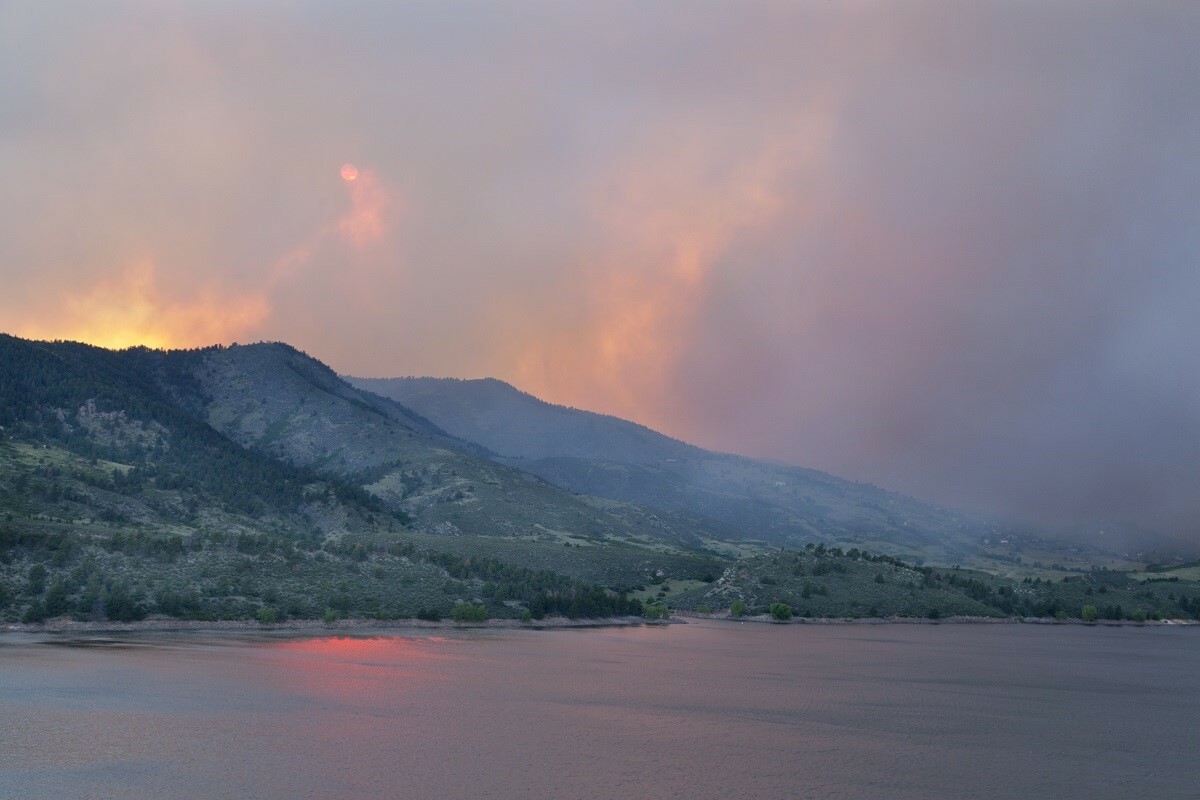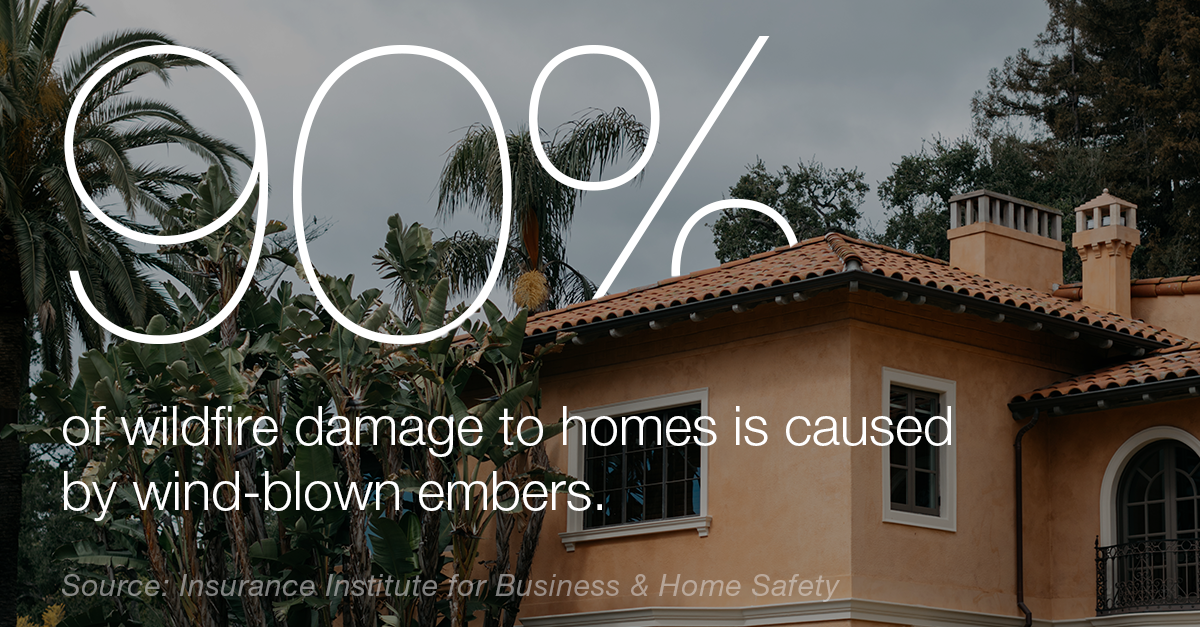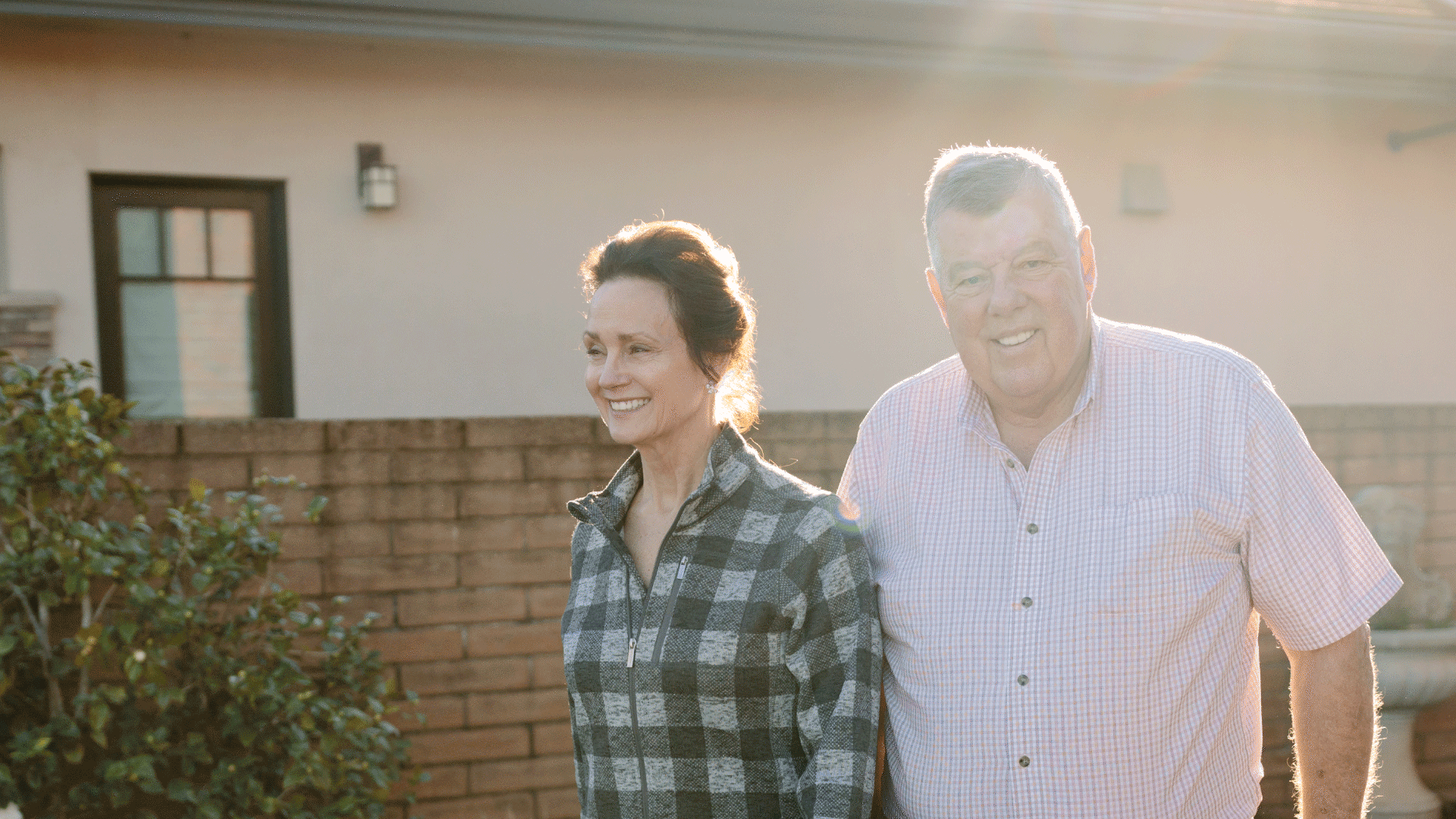Building Resilient Homes: Preparing for Wildfire

A wildfire broke out in a densely populated area in Boulder County, CO, during a time of year that is typically associated with fresh snow and cold conditions in a suburban area that was considered a safe distance from fire-prone forests. It advanced to become the most destructive fire in Colorado history.
This blaze underscores how year-round wildfires are impacting communities across the US—not just in regions deemed 'wildfire prone' and not just during what we’ve previously known as 'wildfire season.'– Jason Metzger, Head of Risk Management
The need for wildfire protection is spreading
More homes are being built in some of the West's most remote landscapes, putting even more homes at risk of standing in a wildfire-prone area. Today, one-third of all US homes exist in the Wildland Urban Interface (WUI). The WUI is the area of land that exists between neighborhoods and nature, where homes overlap or sit alongside vegetation. Because of drier climate conditions and population growth in these areas, fires that develop in forests are increasingly feeding into neighborhoods through the WUI and damaging homes—and poorly maintained properties can fuel these fires further.
One member’s $5 million Montana home was located in a WUI where
wildfire quickly spread. The fire was contained after destroying our
member’s home, with only the fireplace remaining. Following the loss,
our members decided not to rebuild their home and relocated to a new
state.

Smarter building techniques to make your home as "wildfire-proof" as possible
What is becoming clearer with each wildfire is that homeowners need
to prioritize building smarter and preparing homes for extreme weather.
Being aware of your closest water source and having an evacuation plan
for emergencies are helpful, but knowing the best home maintenance
techniques and building considerations can best prepare your home for
any fire threats.
Cover openings like chimneys and stovepipes with metal mesh.
This tactic can slow or stop the spread of wildfire and help to prevent spot fires caused by flying embers. It does not mean you have to forgo a beautifully landscaped yard. Defensible space involves strategically clearing and placing vegetation in order to produce a buffer between your home or other structures on your property and the grass, trees, shrubs or any wildland area that surrounds them.
Cover openings like chimneys and stovepipes with metal mesh.
Up to 90% of wildfire damages to homes is from flying embers that enter the home through these openings. Avoid fiberglass or plastic mesh because these can melt or burn. For vents in eaves, however, metal mesh does not provide sufficient protection; use baffles in these areas instead. We also recommend that you place weather stripping around and under your garage door.
Install an exterior fire protection system.
These systems can have pre-treatment capabilities in addition to a sensor-based emergency response, and many can alert you when the system is activated. Options include water-based, foam-based and gel-based systems that spray your home in the event a wildfire is nearby.
It takes a village: A community approach to wildfire mitigation
The safety of your home doesn’t stop at your property line. When you take the proper precautions to make your property more resilient to wildfire, it not only benefits your home but also the homes around you. Additionally, engaging with your neighbors and local safety officials on evacuation routes and property maintenance techniques can create a protective front for your home in a wildfire threat.
If you live in a high-risk area, your insurance company may be an added resource. When a wildfire breaks out, very little information is typically available to residents. Our Situation Room team provides members with updates as they are available, including information on the fire’s distance from and threat level to the home. At times, our claims team will reach out to members whose homes are within a fire's anticipated path to check in on their well-being and the state of their properties. If resources need to be deployed, response crews on the ground may inspect members’ properties, move combustible materials away from structures and, when necessary, treat the property with fire retardant.





